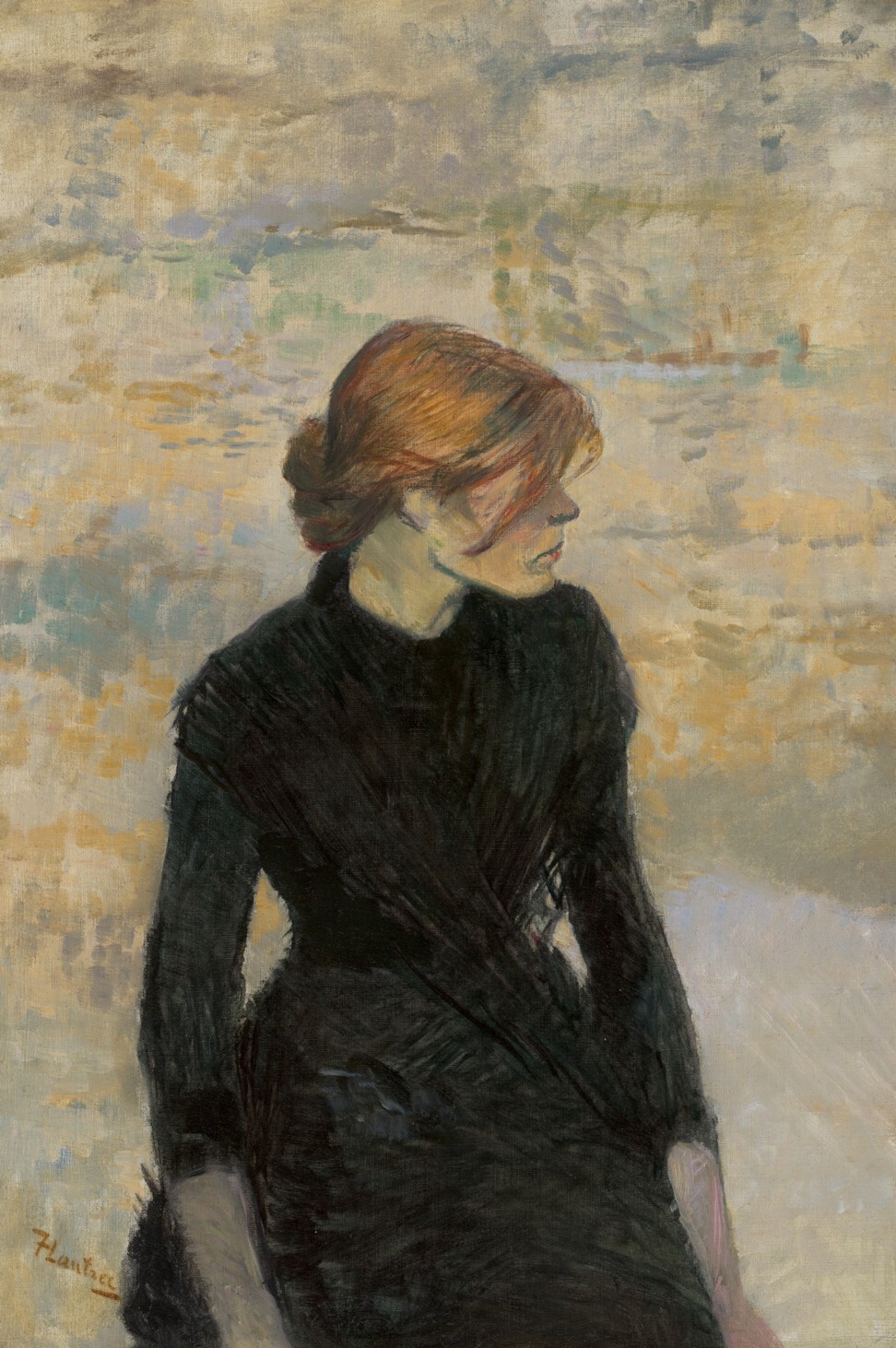
How Hong Kong Christie’s auction broke records and outperformed New York online-only version: a viral tale of two cities
- The sales reflected the state of the Covid-19 outbreaks in the cities: Hong Kong held a live auction, New York’s was online
- The Hong Kong section of the auction broke 12 world records, while the New York sale failed to generate the same buzz
It was a tale of two cities, two rates of infections, and two very different art markets.
Christie’s rolling Hong Kong-to-New York sale of 19th, 20th, and 21st century artworks began at night in Hong Kong on December 2. After bidding ended there, it was passed to an auctioneer in New York, newsreader-style, as the city was just beginning its morning.
In Hong Kong, which reported about 100 new cases of Covid-19 on Wednesday, there was a live audience of dealers and collectors in front of the auctioneer. In Manhattan, which had a rolling seven-day average of 1,597 new daily cases as of November 29, and whose positivity rate [the percentage of people who test positive during testing] is nearing a staggering five per cent, auction house specialists stood in what was effectively a stage set, bidding for clients via phone and text in front of live-streaming cameras.
The result was a powerful argument for a return to the old normal.

“I didn’t think everything would suddenly change because everyone suddenly uses computers and does Zoom calls,” says Alex Rotter, Christie’s chairman of 20th and 21st century art. “In Hong Kong, we got a couple of bids out of the audience. Does it help? Absolutely. It’s not the same thing to sit in a room and feel [the energy] as it is to sit in front of a computer screen.”
In Hong Kong, 12 world records were set for artists at auction in what was the biggest evening sale total ever for Christie’s Asia. The total take was HK$1.4 billion (about US$184 million).

Amoako Boafo’s lush, large-scale portraits quickly made him a market darling – a turn of events Boafo has publicly criticised. Bidding here saw a work he painted last year, Baba Diop, soar past a high estimate of HK$1.5 million (US$190,000) to sell, with premium, for HK$8.89 million, or just over US$1.5 million.
Top lot of the evening was Goldfish by French-Chinese artist Sanyu, which fetched HK$170 million (US$22 million), while Bloodline: Big Family No. 2 by Zhang Xiaogang realised HK$98 million US$12.7 million), a new benchmark for Chinese contemporary art.
Paintings by other up-and-coming market stars including Shara Hughes, Nicolas Party, and Dana Schutz all sold well above their high estimates. The result for Schutz’s 2017 painting Elevator, a jumble of semiabstract figures whose style draws heavily on cubism, was particularly notable – it sold for US$6.5 million, almost triple the previous US$2.4 million auction record for Schutz’s work set last year.

Auction estimates are for a work’s “hammer” price, meaning the dollar amount that wins the lot; auction totals include a buyer’s premium, which is often 20 per cent or more. As a result, official totals for individual lots often fall within estimates, even when the hammer is actually below the low estimate.
Many others, including a light sculpture by Isamu Noguchi, a colourful oil on canvas by Fernand Léger, and a giant outdoor sculpture of a trowel by Claes Oldenburg eked past their low estimates.

“Art of the last 20 years did better, on average, than the traditional post-war material,” says Rotter.
There were a few exceptions, notably the highest lot of the morning (evening?), a dramatic oil painting of a woman in black by Henri de Toulouse-Lautrec from 1889. Carrying a high estimate of US$5 million, it sold for just over US$9 million.
Another comparatively encouraging result came for a 1957 sculpture by Jean Arp, which was once in the collection of the MoMA in New York. It sold for US$2.4 million above an estimate of US$1.2 million.
But even that lot was a hollow victory for New York: the Arp sold to a bidder in Hong Kong.

